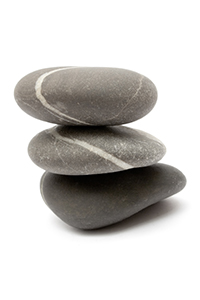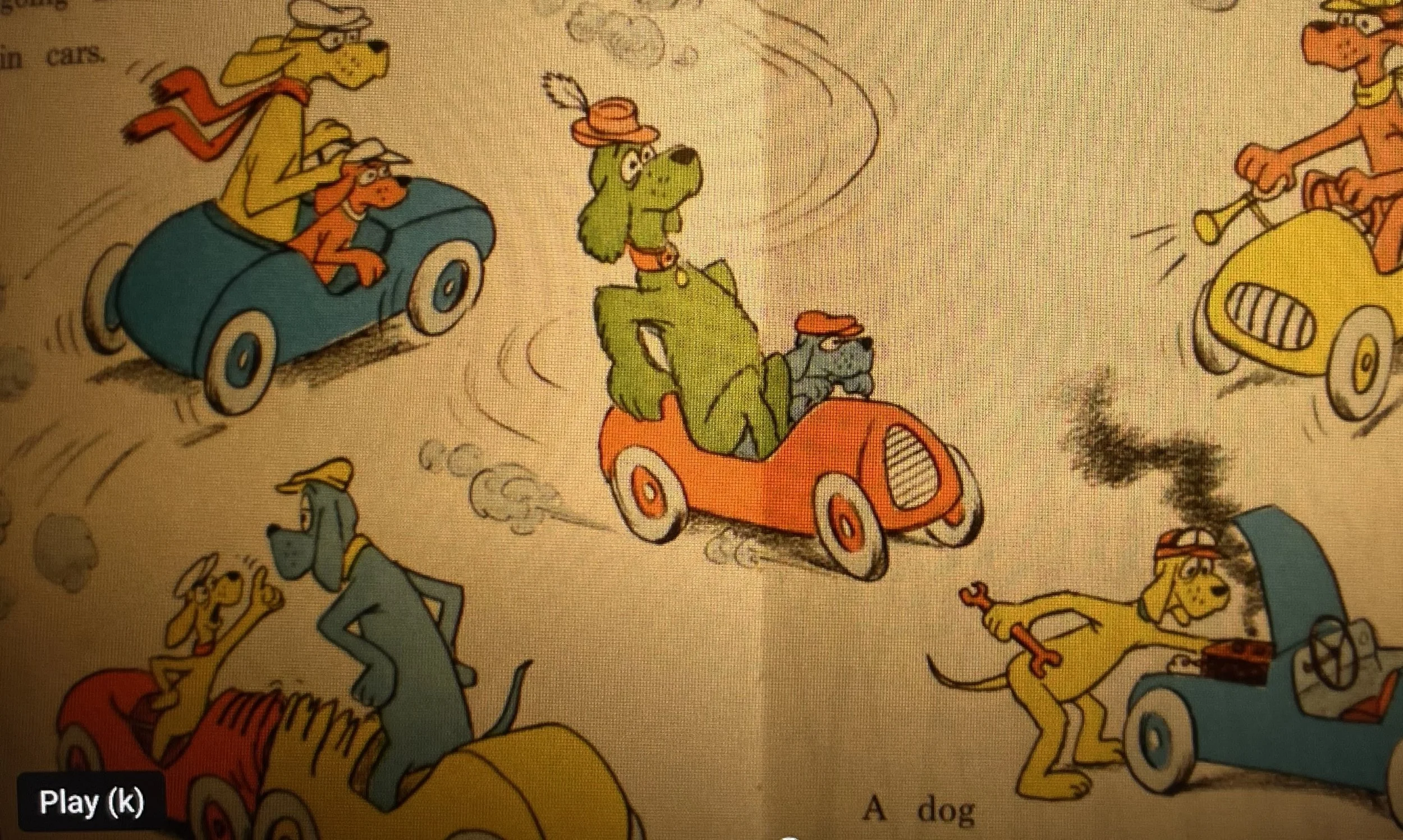Blue Car
I could use your help.
I am working on a book proposal and I would like to see if you think the book idea is a good one? I have heard back from a variety of people that the concept is something they would like to read. But, as I am learning in the publishing business, it is difficult to get a book published. (The emphasis in that sentence is business.) And so, a book proposal is mostly a business proposal- how many readers, aka buyers, can one expect? While there is nothing new under the sun, one of the questions that is asked- is this book relevant to today’s readers?
My working title is Walk, Pray, Connect: A 40-Day Walking Prayer Guide to Building Community. In explaining the need for it, I would ask you to imagine:
Say you have a new blue car. Have you ever noticed that you will start to notice lots of blue cars everywhere? You may start to wonder, where were these blue cars before?
Apparently, this awareness is called the frequency illusion or Braeder-Meinhof phenomenon. “A cognitive bias in which a person notices a specific concept, word, or product more frequently after recently becoming aware of it.” A person can selectively focus on certain things while filtering out others.
The book I am writing is hinged on this idea: if we are intentionally thinking and praying about our community by focusing prayer in a specific category- we are more likely to notice neighbors in that category. That awareness can then be developed into an interaction and engagement with one another.
Henry David Thoreau said “The mass of men lead lives of quiet desperation.” Not only are we wanting fulfillment in our lives but we also long to be known and seen. Sadly in the modern world, we are more alone than not: we are rugged individuals busy with doing things yet not investing in relationships. In many communities, we do not even see our neighbors much less know them. This “loneliness in the crowd” isolationism has detrimental effects to our physical, emotional and spiritual well-being: social loneliness can increase one’s risk of heart disease, stroke, Type 2 diabetes, depression, anxiety, suicidality, self-harm, dementia and early death.
When God created humans, God created Adam (human) first. “It is not good for man to be alone,” so God created Eve (life), thus the first community was established. And “it was good.”
I am proposing a book that explores prayer walking in one’s neighborhood that systematically incorporates a different prayer in each walk. It is a 40 day journey broken down into 8 weeks of 5 walks each week. Each week has a different topic (life stages, life events, circle of relationships, career/work, physical, emotional, spiritual, God’s best). Within those weeks are 5 tailored prayers. For example, in the first week, called life stages- days 1-5 will have prayers for pregnancy/infants, children, teenagers, adults, and elderly respectively.
It doesn’t need to be a walk- it could be the school run drive, the work commute, the grocery run drive or even just sitting in one’s house and imaging those who live around them. The point is that one takes time each of the 40 days to pray for something specific in one’s community.
Of course, the ideal would be that one would walk- the benefit of the physical activity in conjunction with a mental/spiritual exercise is great. Even more so if there is accountability by walking with another person, or even a dog. If one does walk in one’s neighborhood, the idea that the specific daily prayer would remind one to notice the demographics and issues of one’s neighbors. It is this awareness that is the first step in reaching out.
The book is a direct response from my experience in our past neighborhood. An excerpt from the preface of the book:
“We lived in an urban/suburban neighborhood for twenty-six years. The neighborhood street was a semi-circle (two entrances to the “circle” from the main road) The detached homes were built before WWII and were pretty close together, with our driveways right next to the adjacent neighbor’s property. Our neighbors were intergenerational: some houses contained young families while many were occupied by older folks who had lived there as children and bought their homes from their parents or grandparents. We moved there when our sons were quite small. It was a perfect neighborhood for us: the street was closed to through traffic yet walkable to school, church, library, restaurants.
There were many neighborhood children with whom the boys could play. After we moved in, I got to know the neighbors around us. Yet through the years, I never walked along to the other side of the “circle”. I always walked to the street exit closest to our home and the children that were our kids’ ages all lived around our side of the circle.
As the years rolled by, I am embarrassed to say that I didn’t even know the names of those on the other side. One woman in particular would walk around to our side of the neighborhood and always compliment my garden if I was out working in it. We would engage in that type of light discussion. It was only through another neighbor who told me the reason the woman would walk was because she lost her husband to cancer and was bereft. I felt terrible. Not only did I not know that her husband was sick, I didn’t even know she had a husband! It seemed that even the newer neighbors on “my side” of the circle knew the names of the owners, their children, their pets’ names, and those on the “other side”. How did I get so divorced from knowing my neighbors?”
When we decided to move, I vowed that I was going to get to know my neighbors. So, before and during our move, my husband and I prayed for our new neighborhood. We prayed for neighbors we hadn’t even met yet. As we walked our dog through our new neighborhood we would offer silent prayers for the occupants of the homes we passed.
Because of that mindful intention, I was more aware of my neighbors and the various stages of life. For example, I noticed those homes that contained young children as seen by abandoned scooters, balls, bikes, on the front yard or those homes with “temporary” ramps for disabled family members. In many cases, I have been able to meet those neighbors by praying for opportunities to slowly engage with one another. While I cannot say that I know all my neighbors, I have been able to build some meaningful connections.
What about you? Have you ever systematically prayed for your neighbors? If so, what happened?
Would you be willing to read a book that guides you in that intentional awareness? If so, please let me know in the comments or email me (virginiaruth010@gmail.com) Ever grateful, Virginia

